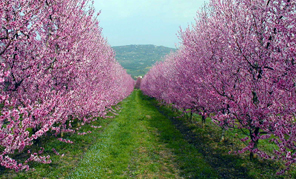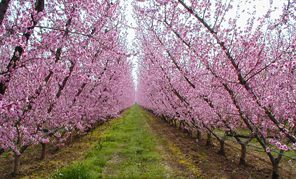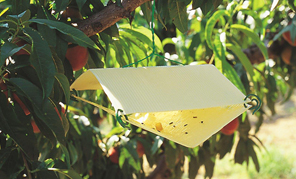
The agronomic techniques
After a complete census of the plants and the subsequent computerisation, the technical office provides to: the planning of new plants (variety, rootstock, planting material, farming system, density plantation); the guided nutrition; the control of pruning; the management of the soil; the irrigation; the thinning of fruits; the harvesting; the integrated pest management, in accordance with the regional disciplinary; and, ultimately, it controls the level of pesticide residues on fruit crops. The entire territory of the partners of the Cooperative has been divided into seven agro-climatic macro-areas, the reference parcels and the basic parcels, with uniform characteristics that allow to program and run in a rational manner the different agronomic practices.


